Left and right of the Rhine
For 30 years now, selected German and French naval officer candidates have been receiving full training in the partner country. The experience they gain serves as the basis for unique careers. It all began in 1993, which feels like an eternity ago. 30 years earlier, the Elysée Treaty was signed between France and Germany, whereby cooperation between the two countries in many areas, including the armed forces, was agreed as a political goal. In the same year, this cooperation was further advanced with a new exchange programme between the two navies. Every year for the past 30 years, the German Navy and the Marine Nationale have entrusted their partner with young officer candidates for...
Read More

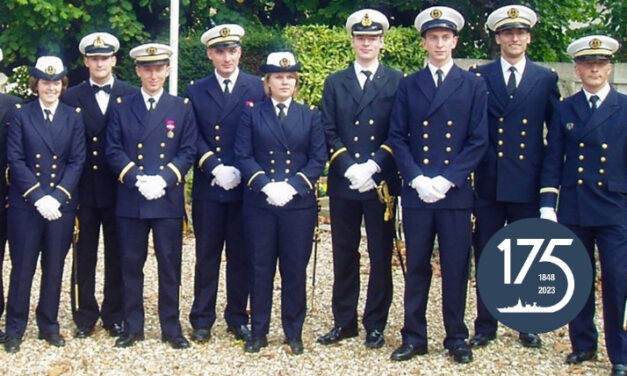
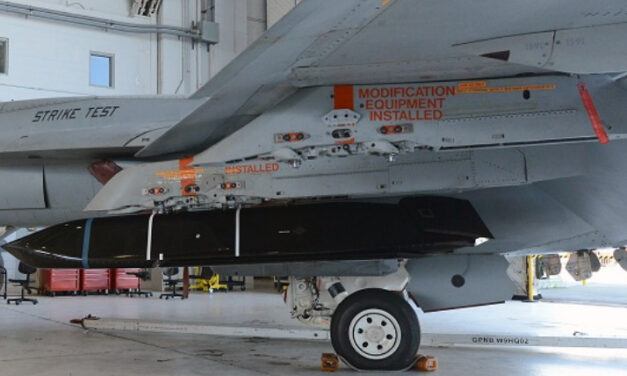
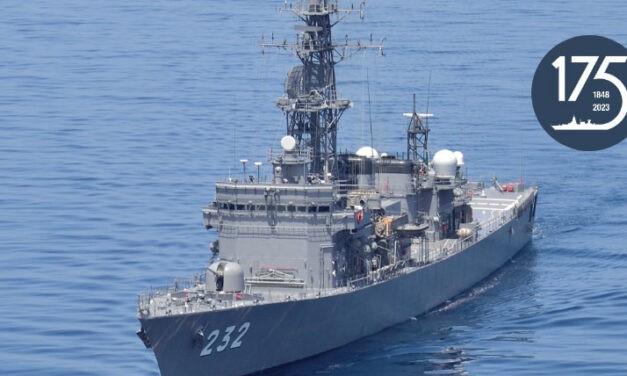
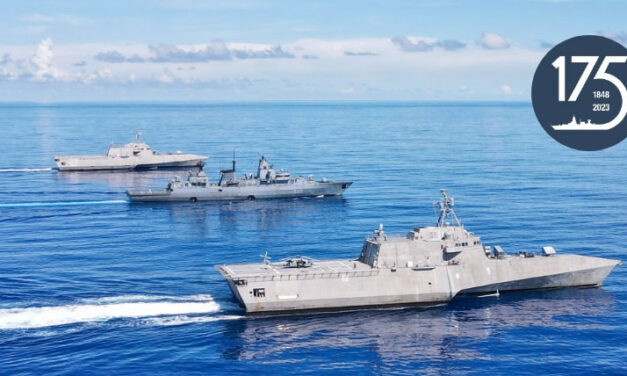
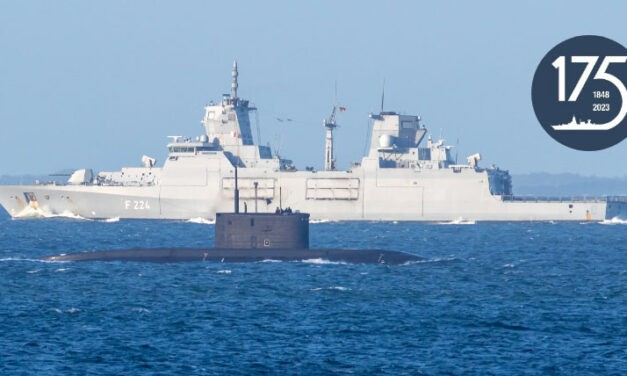
Recent Comments